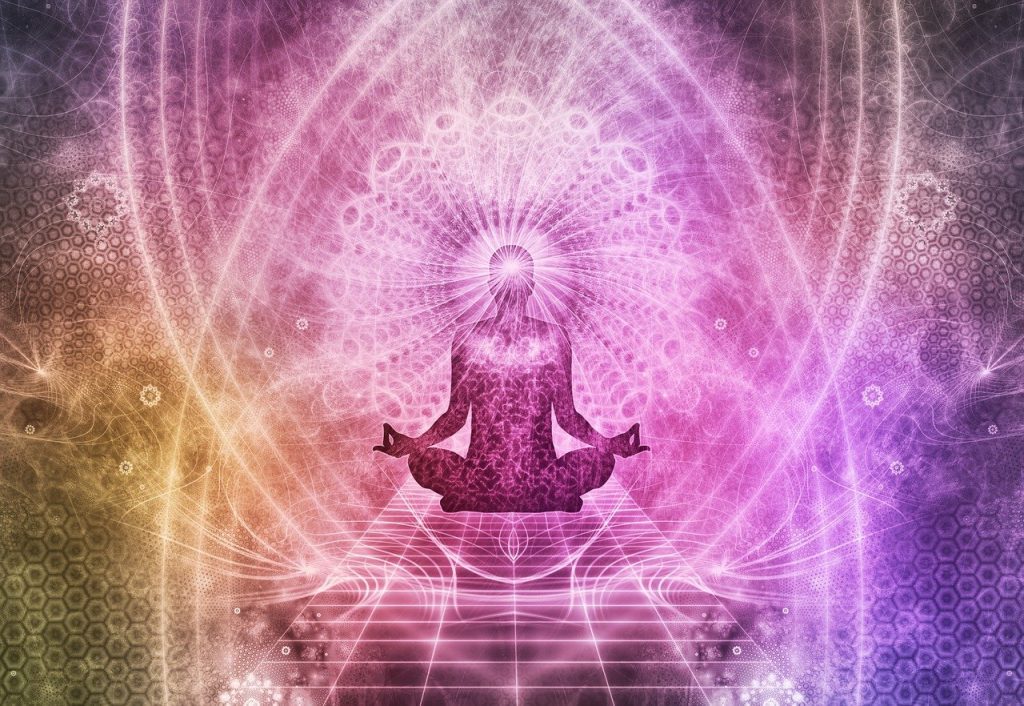How the self becomes fluid
The preeminent Buddhist philosopher Nāgārjuna, the founding figure of the Mādhyamika school, is widely known for his assertion that the intrinsic essence is elusive in every phenomenon (Nāgārjuna 95). This profound statement underscores the fundamental absence of innate substance within all aspects of the phenomenal realm, be they tangible or conceptual. As a result, our perceived reality, which serves as the cornerstone of our understanding, transitions into a non-substantial state. This immanent non-substantiality extends to the absence of a self within each dhárma or phenomenon, thereby characterising them as śūnya or empty, in accordance with Buddhist doctrine. Buddhism posits that the absence of essence or self in the world represents the singular truth to be earnestly pursued. Jizang (549 – 623), the architect of East Asian Mādhyamika, underscores that the ultimate truth lies in realising the absence of essence or self (Zhang 110). The attainment of enlightenment hinges upon comprehending this emptiness inherent in every phenomenon. In this enlightened state, individuals acquire the capacity to penetrate the fabric of reality.
A Buddhist perspective
To fathom the concept of penetrating the fabric of reality, it is essential to delve into the profound perspective of Buddhism, which delineates this as the capacity to discern the fundamental essence of phenomena. However, an intriguing question arises: what form of reality can be found within an ostensibly empty phenomenon? To unravel this conundrum, one must embark upon an exploration of the core tenet of Buddhist philosophy, known as śūnyatā (emptiness). Contrary to conventional interpretations of emptiness as denoting nothingness, śūnyatā conveys a meticulous comprehension of the relative nature of existence. It serves as a pivotal concept that impedes any phenomenon from achieving true self-existence or substantiality.
In accordance with Buddhist doctrine, a phenomenon is deemed śūnya, meaning it lacks an inherent self, primarily owing to its condition of relative or dependent origination, referred to as paticca-samuppada. Essentially, this doctrine underscores the absence of any intrinsic or transcendent self within any entity. Instead, the existence of any entity perpetually hinges upon external factors and conditions. Consequently, every aspect of what is perceived or comprehended inherently bears the indelible imprint of what it is not.
Fabric of reality
The very self or essence of a phenomenon is subject to transformation in tandem with alterations in the characteristics of the phenomena upon which it depends. Therefore, penetrating the fabric of reality in the Buddhist context implies achieving a profound understanding of a phenomenon’s ephemeral nature, attributable to its interconnectedness with other phenomena. In essence, authentic insight into the veracity of the world is attained only when one acknowledges the absence of immanent reality in all things, as they exist solely in relation to other entities (Mabbett 26).
The foundational principle of paticca-samuppada holds paramount importance within the framework of Buddhism. An understanding of the interconnected emergence of phenomena, ultimately culminating in their inherent emptiness, serves as a catalyst for liberation from the ensnaring web of attachment to essentialism and the notion of a transcendent self. This profound realization exposes the mutable nature of the phenomenal realm, thereby emancipating individuals from the throes of mundane suffering.
Buddhism posits that human suffering often finds its roots in the tenacious attachment to the essence of entities, often misperceived as immutable. As succinctly articulated by Zhang, suffering manifests when individuals perceptually grasp onto objects or concepts, including the notion of self, as if they possessed intrinsic permanence (Zhang 110). Enlightened beings, however, endowed with an acute awareness of the dependent origination inherent in every phenomenon, transcend such suffering. They discern that the self undergoes perpetual formation, devoid of any fixed identity label.
Conclusion
In Buddhist philosophy, then, the idea of the self is fluid. It is devoid of inherent existence and primarily relies on external factors. Buddhism promotes the abandonment of attachment to the material world, accentuating that only by releasing such bonds can one attain insight into the profound essence of existence.




